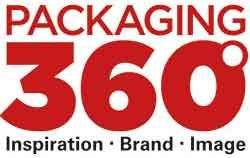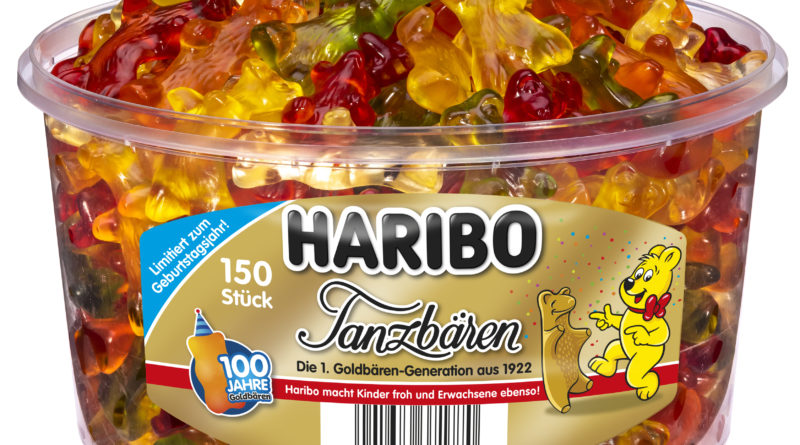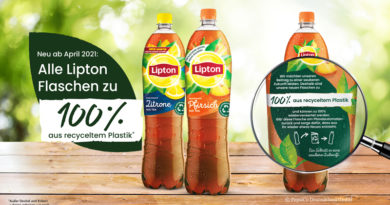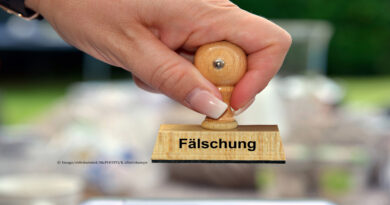Happy Birthday, Haribo!
The confectionery giant Haribo is celebrating an anniversary: in 2022, the Gold Bears will be 100 years old.
With the development of the Haribo Goldbären in 1922, Hans Riegel, a candy maker from Bonn, succeeded in inventing a success story. As the first fruit gum product in bear form, the Gold Bears opened up a world market and laid the foundation for the international success of the young company at an early stage. Today, it is impossible to imagine confectionery shelves without Haribo Gold Bears as a cult product.
Inspired by the popular fairground attraction of the 19th century, Hans Riegel developed the ancestor of the Gold Bears with the „Dancing Bears“ in 1922. Made of gum arabic at the time, the Tanzbären were a little larger and slimmer than today’s Goldbären. However, cheerful, bright colors and fruity flavors were part of the „DNA“ of Bonn’s fruit gummy bears from the very first generation.
1961 gummy bears enter the bag
In the 1960s, the slightly smaller but also rounder Gold Bears replaced the Dancing Bears. But it wasn’t just the product itself that moved with the times: their packaging was also adapted to the zeitgeist of the 1960s. Since 1961, for example, Haribo Gold Bears have been available not just as individual items, but together in a bag.
Gold gloss foil sets standards
Packaging elements such as the shiny gold foil or the viewing window set design standards back then that are still characteristic today. There was only one thing missing from the fruit gummi bears shortly before the turn of the millennium: a smile. In 1995, Haribo product designer Petra Wrede secretly smuggled the first smiling Gold Bears stamps into production, the company reports. „Just a few years later, in 1999, all Haribo Gold Bears worldwide were beaming with an irresistible smile that makes young and old smile.“
Whether Asia, the USA, South America, Europe or Australia: today, the Gold Bears are at home all over the world. Across national borders, around 160 million Haribo Gold Bears are produced every day – lined up end to end, an annual production would circle the globe ten times. Under Hans Guido Riegel, the third generation of the family to run the company, the Gold Bears have become a global player and can be found on the confectionery shelves of over 100 countries.
New Limited Editions
The company is celebrating its product anniversary, for example, with many limited editions spread throughout the year. A new Gold Bear mix with flavors from the 1980s, 1990s and 2000s. Cherry lollipops, cotton candy, fizzy drinks, orange cola, Jell-O and chewing gum invite consumers to take a trip back in time to their own childhood.





